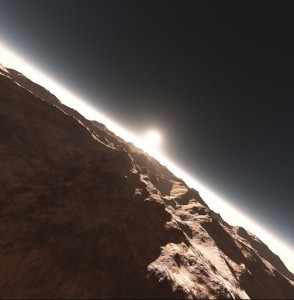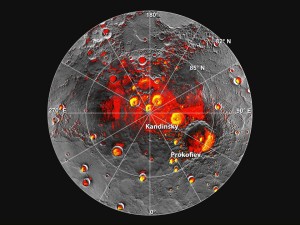 NASA’s new mobile Mars Science Laboratory, also known as the Curiosity Rover, will be launched on August 5th to study the rocks, soil, and atmosphere on Mars’ Gale Crater for signs of historical and current habitable environments. A habitable environment contains water, energy, and carbon to support life. Past missions have discovered the limited presence of water and energy on Mars, but none, so far, have found carbon in a form that can sustain life.
NASA’s new mobile Mars Science Laboratory, also known as the Curiosity Rover, will be launched on August 5th to study the rocks, soil, and atmosphere on Mars’ Gale Crater for signs of historical and current habitable environments. A habitable environment contains water, energy, and carbon to support life. Past missions have discovered the limited presence of water and energy on Mars, but none, so far, have found carbon in a form that can sustain life.
Curiosity’s purpose is to determine how to conduct a search for carbon, as well as find carbon. The former will assist planetary scientists in further research, since they are uncertain about how to probe rock strata for biosignatures, whether on Earth or on Mars.
This month’s issue of Scientific American provides an overview of Curiosity’s mission and a step-by-step description of its landing sequence.
Image from Christopher Lotito




